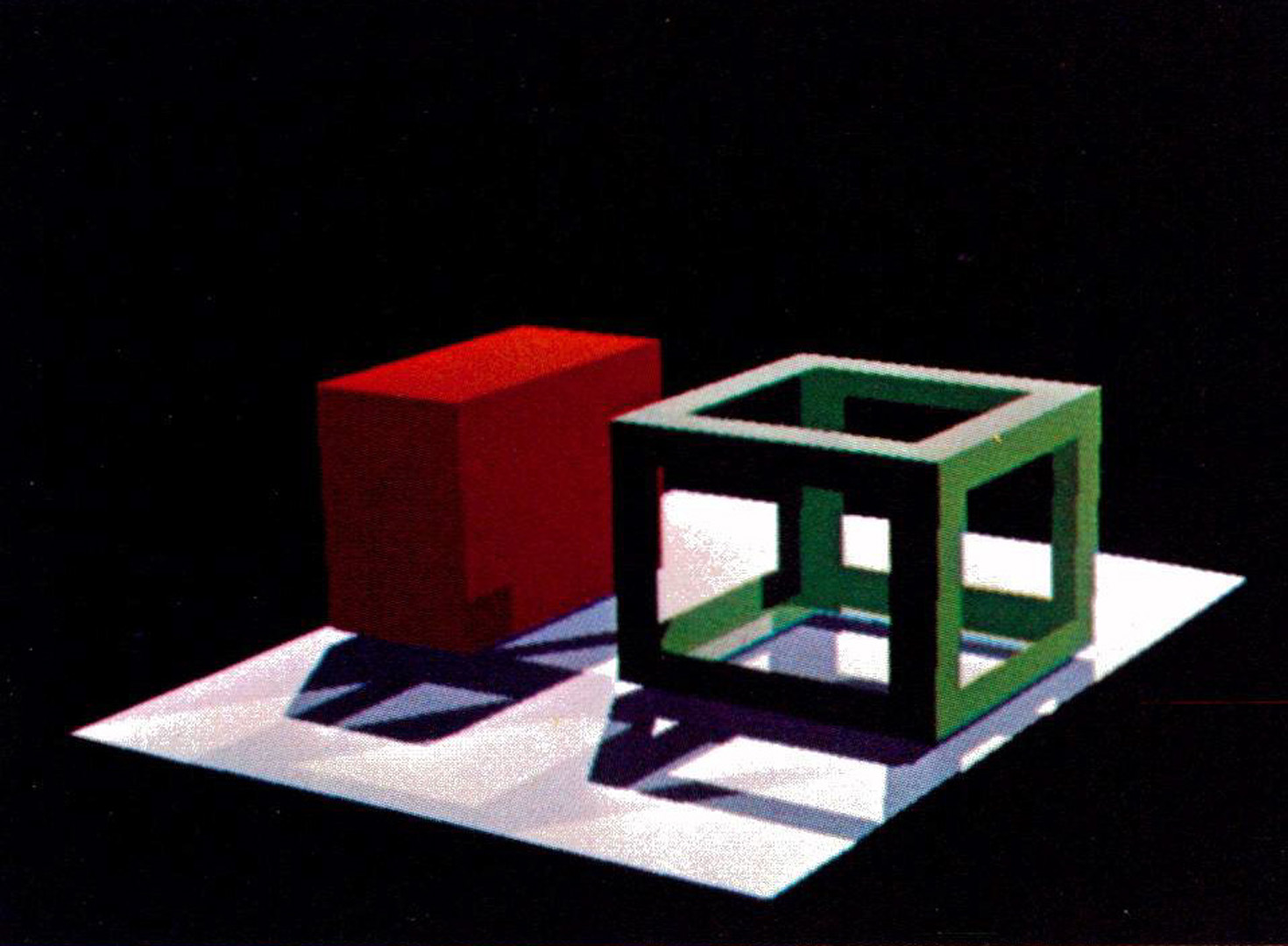“Polygon shadow generation” by Atherton, Weiler and Greenberg
Conference:
Type(s):
Title:
- Polygon shadow generation
Presenter(s)/Author(s):
Abstract:
A general purpose method for generating shadows using a polygonal coordinate data base is presented. The method is based on an object space polygon clipping hidden surface removal algorithm. Output from the program is in the same three-dimensional polygon format as the input. Thus, a shadowed data environment may be easily created and viewed from any observer position with no additional depth sorting time required for the hidden surface removal process. Shadows can also be cast by more than one light source. Since the shadows are generated in object space, the results can be used for both visual display and numerical analysis.
References:
1. Batson, R. M., Edwards, E. and Eliason, E. M. “Computer Generated Shaded Relief Images”, Jour, Research U.S. Geol. Survey, Vol. 3, No. 4, July-Aug 1975, p. 401-408.]]
2. Blinn, J. F., and Newell, M. E., “Texture and Reflection in Computer Generated Images”, CACM 19, 10, Oct 1976, pp 542-547.]]
3. Blinn, J. F., “Models of Light Reflection for Computer Synthesized Pictures”, Proc. 4th Conference on Computer Graphics and Interactive Techniques, 1977.]]
4. Blinn, J. F., “A Scan Line Algorithm for Displaying Parametrically Defined Surfaces”, Proc. 5th Conference on Computer Graphics and Interactive Techniques, 1978.]]
5. Catmull, E. E., “Computer Display of Curved Surfaces”, Proc. IEEE Conf. on Computer Graphics, Pattern Recognition and Data Structures, Los Angeles (May 1975)11.]]
6. Whitted, J. T., “A Scan Line Algorithm for Computer Display of Curved Surfaces”, Proc. 5th Conference on Computer Graphics ond Interactive Techniques, 1978.]]





